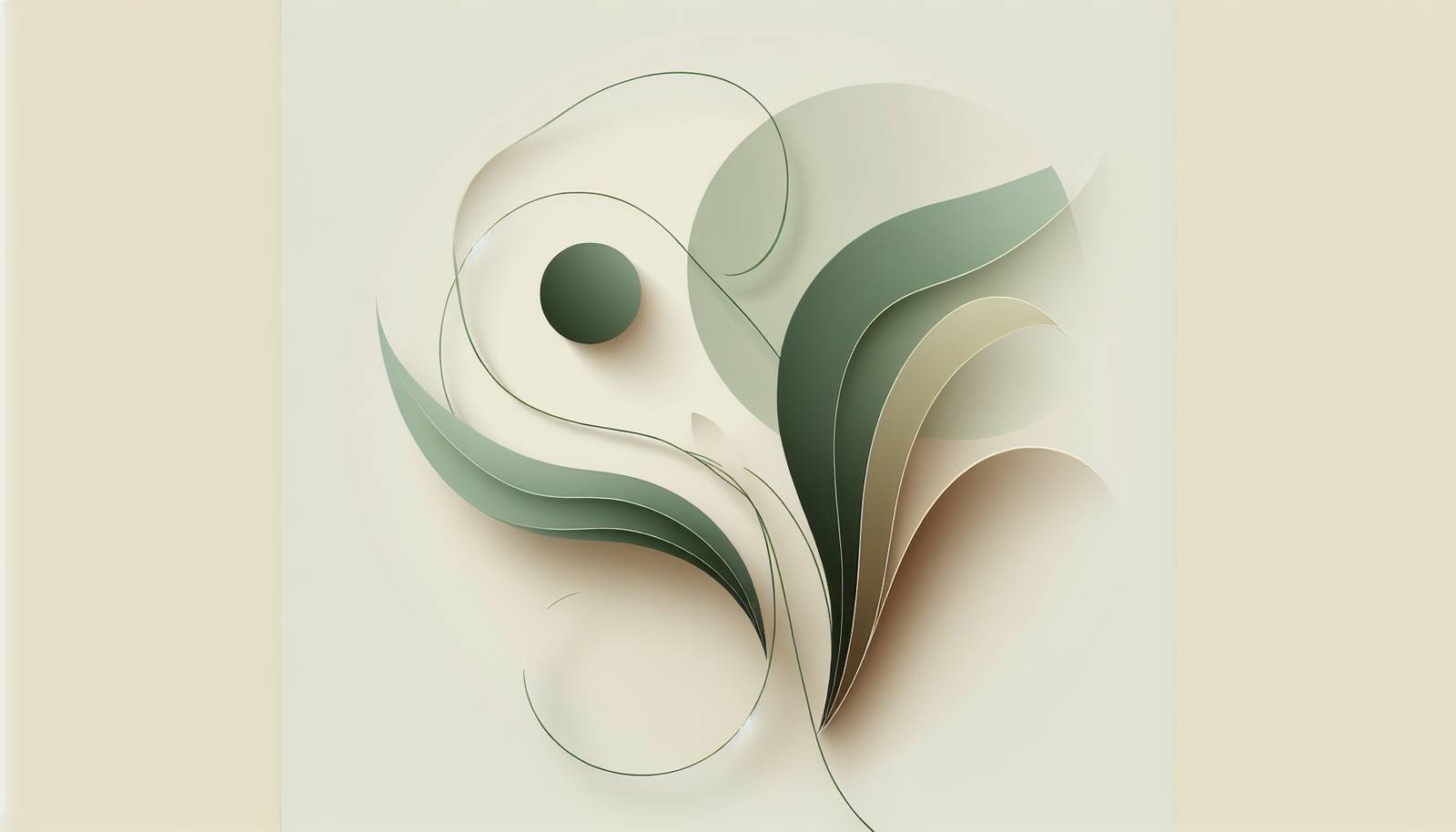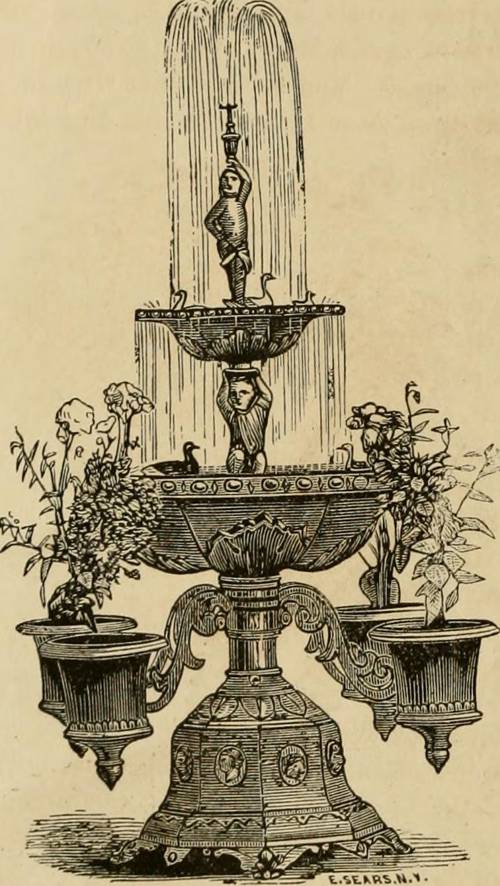
FAQ About Indoor Plant Gravitropic Responses and Management

What is gravitropism in indoor plants?
Gravitropism, or geotropism, is a biological response where plants adjust their growth according to the force of gravity. Roots typically exhibit positive gravitropism, growing downward, while shoots display negative gravitropism, growing upward. This response helps plants orient themselves properly for optimal growth and nutrient acquisition.

How do indoor plants detect gravity?
Indoor plants detect gravity using specialized cells called statocytes. These cells contain dense, starch-filled organelles known as statoliths. As gravity pulls the statoliths to the lower side of the cell, it triggers a response that directs the plant's growth hormone distribution, guiding the plant to grow in a particular direction.

Why might an indoor plant grow sideways or at an angle?
Several factors can cause a plant to grow at an angle, including uneven lighting, gravitational responses, or physical obstructions. When a plant receives more light from one side, it may grow towards the light, displaying a phototropic response. Gravitational pull, combined with light direction and surrounding environment, influences growth patterns significantly.

Can gravitropism be manipulated in indoor plants?
Yes, gardeners and indoor plant enthusiasts can manipulate gravitropism by changing the orientation of the plant, using stakes, or rotating the plant regularly. These practices can influence the direction and shape of plant growth, aiding in achieving desired aesthetic or health outcomes for the plant.

What are some techniques to manage unwanted growth patterns in indoor plants?
Unwanted growth patterns can be managed through regular rotation of the plant, using supportive structures such as stakes, and strategic pruning. Ensuring even exposure to light and maintaining proper watering habits also curbs undesired growth directions.

How can I train my indoor plant to grow in a specific direction?
To train a plant to grow in a specific direction, consistently guide its growth using supports like stakes or trellises, and utilize strategic pruning. Gradually rotating the plant can also encourage balanced growth, while controlled watering and adequate lighting can optimize its overall form.

Do all indoor plants respond to gravity in the same way?
While most indoor plants exhibit gravitropism, the degree and speed of response can vary based on species, age, and environmental conditions. Some plants may require more frequent interventions to manage unwanted growth patterns due to their specific natural tendencies.

How does light influence gravitropism in indoor plants?
Light strongly influences plant growth, often overshadowing the effects of gravity in what's known as phototropism, where plants grow towards the light source. Balancing light and gravitational influences is key to maintaining desired growth patterns in indoor plants.

What role does water play in gravitropic responses?
Water affects gravitropic responses by influencing cell turgor pressure, which is crucial for maintaining cell rigidity and directing growth. Proper watering ensures that the plant has enough resources to respond appropriately to gravitational cues.

Is it possible to reverse gravitropic responses in indoor plants?
Reversing gravitropic responses is possible by changing the plant's orientation or its environment. For instance, re-potting the plant or changing its growth angle can alter its gravitropic response. Supports such as stakes and regular rotation can also assist in achieving the desired growth orientation.

What are common signs of improper gravity orientation in indoor plants?
Common signs include tilting or leaning stems, uneven leaf distribution, and abnormal root growth. Spotting these signs early allows for interventions like repositioning, staking, or pruning to restore balance and promote healthy growth.

How often should I rotate my indoor plants to manage gravitropic responses?
Rotating indoor plants every few weeks can help manage gravitropic responses by ensuring even light distribution and balanced growth. The frequency may vary depending on the plant species and its environment, so observing the plant's growth patterns can guide the optimal rotation schedule.

Can gravitropism affect flowering in indoor plants?
While gravitropism primarily influences growth patterns and direction, it can indirectly affect flowering by altering plant shape and size, which in turn can influence the plant's ability to access resources necessary for flowering. Proper management ensures that the plant's energy is directed towards optimal conditions for blooming.

Why is my indoor plant bending despite adequate light and water?
If an indoor plant bends despite receiving sufficient light and water, it may be responding to gravity, experiencing uneven weight distribution, or encountering a physical obstruction. Evaluating the plant's environment and adjusting supports or orientation can rectify excessive bending.

How do gravitational responses vary between seedlings and mature indoor plants?
Seedlings often exhibit more pronounced gravitropic responses as they rapidly establish optimal growth orientations for survival. Mature plants may have more stabilized growth patterns but can still adjust to gravitational changes. Both stages can require intervention if displaying undesired growth.

Are there specific indoor plant species known for strong gravitropic responses?
Plants like bean plants, which rapidly respond to gravity changes, or trailing plants such as pothos, known for directional growth, exhibit strong gravitropic responses. These plants may require more frequent adjustment and observation to maintain a desired appearance.

Can potted plant location influence its gravitropic behavior?
Yes, the location can greatly influence gravitropic behavior. Factors like light source orientation, temperature, available space, and airflow affect how a plant responds to gravity. Placing a plant where these factors are balanced helps maintain desired growth patterns.

How can pruning influence a plant's response to gravity?
Pruning allows you to manage a plant's growth by removing unwanted or excessive branches and leaves. This intervention redirects growth and energy, potentially modifying the plant's response to gravitational cues to create a more symmetrical or desired form.

Do potted plant shapes influence their gravitropic responses?
Yes, the shape of a pot can influence water distribution and root growth, thereby affecting a plant's gravitropic responses. Tall and narrow pots might encourage more downward growth due to deeper root exploration, impacting the overall plant balance and orientation.

Can excessive watering impact gravitropic responses in indoor plants?
Excessive watering can lead to poor root aeration and development, which might affect the plant's ability to effectively respond to gravity. Ensuring proper watering practices, along with adequate drainage, aids in maintaining a healthy gravitropic response.
